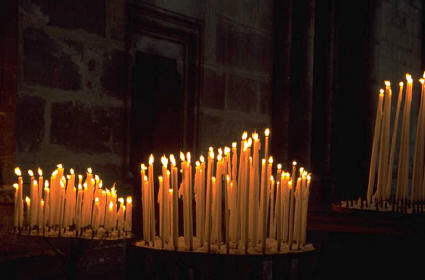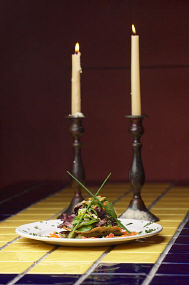Air Quality – Candle Soot
Candle burning has always been a pastime in the World to create a sense of harmony or ambiance through scent and tactile sight. The use of candles has a long history going back thousands of years. If you visit an old Cathedral in Europe or South America, you will see the signs of candle soot staining on the walls and ceilings.
The first Indoor Air Quality Program was instituted by King Charles I of England in the 1600’s. It stated that no home could be built with a ceiling height of less than 10 feet and windows had to be higher than they were wide. Candle Soot was a problem then as well as now. That is one of the reasons that the old buildings had high ceilings to prevent an Indoor Air Quality problem. They knew then what we are slowing learning about now in the 21st Century.
Ghosting or black staining on the interior of houses and buildings is becoming a new source of Indoor Air Quality problem. Candles, when burnt, release candle soot which can outline furniture, carpets under closed doors, stain walls, fabrics and even damage some types of artwork..
Candle Soot is a form of black carbon due to the incomplete burning of the candle. These particles can remain in the air for hours after burning candles before settling down on horizontal surfaces. It can contaminate a clean Air Conditioning system by depositing this carbon and particles of un-burned wax/soot on the coils, filter and duct-work. It can also be mistaken for mold growth in coils and duct-work.
From personal experience, we have seen some units that cannot be cleaned due to this depositing of candle soot on the coils. One unit and duct-work had to be removed and replaced due to candle burning. Burning candles can cost the average homeowner thousands of dollars if you are not careful due to candle soot. It will damage property and can become a heath concern.
See: Candle Soot-American Lung Association





